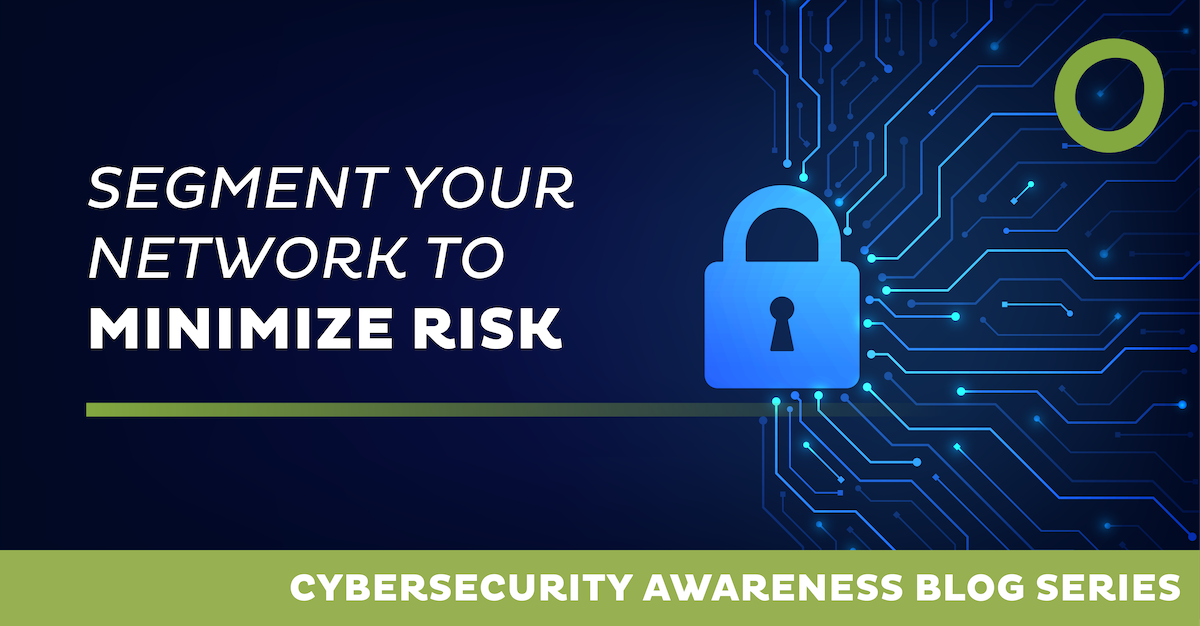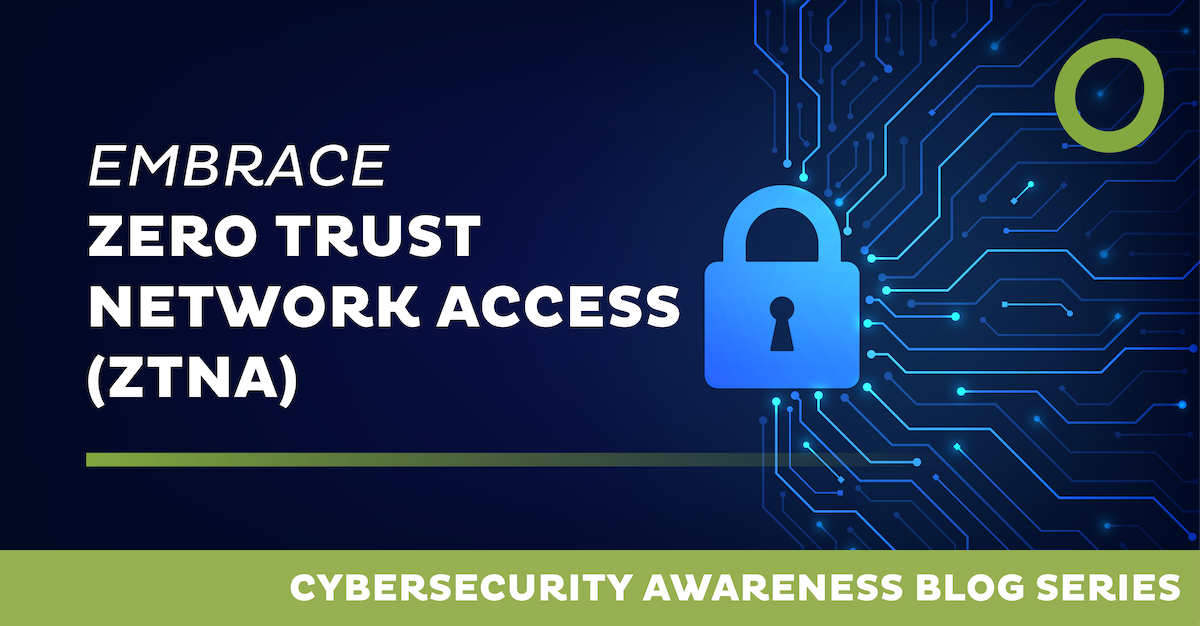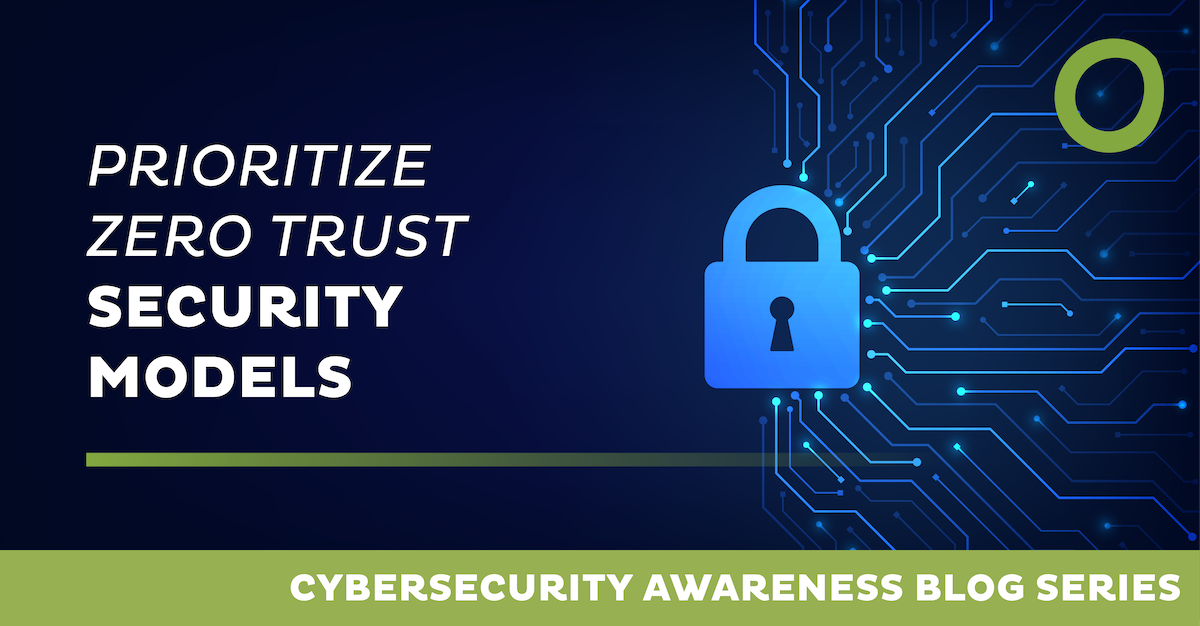
Segment Your Network to Minimize Risk


In the digital age, cybersecurity is a paramount concern for businesses. The complexity of managing network security can be daunting, especially for IT Managers and Cybersecurity Consultants.
One effective strategy to enhance security and manageability is network segmentation. This involves dividing a network into smaller, manageable segments or zones. Each segment can have its own security policies and controls, limiting the spread of cyber threats within the network.
In this article, we delve into the concept of network segmentation as a critical component of secure network design. We aim to provide a comprehensive understanding of this strategy, helping you to minimize risk and protect your digital assets effectively.
The Imperative of Network Segmentation in Cybersecurity
In the realm of cybersecurity, network segmentation is a crucial strategy. It serves as a proactive measure to protect sensitive data and systems.
By controlling access and reducing attack surfaces, segmentation can significantly limit the spread of cyber threats. This is particularly important in an era where cyber-attacks are becoming increasingly sophisticated and damaging. Moreover, proper network segmentation is often a requirement for compliance with various industry standards.
Understanding Network Segmentation
Network segmentation involves dividing a network into smaller, more manageable segments or zones. Each of these segments can have its own security policies and controls.
This can be achieved through physical segmentation, which involves separate hardware, or virtual segmentation, which uses software-based controls. In many cases, a combination of both physical and virtual segmentation is used.
Key elements of network segmentation include:
- Creating smaller, manageable network zones
- Defining security policies and controls for each segment
- Using firewall rules to manage traffic between segments
- Implementing physical and/or virtual segmentation
- Regularly reviewing and updating segmentation rules
The Role of Segmentation in Secure Network Design
In the context of secure network design, segmentation plays a pivotal role. It supports a defense-in-depth security strategy, providing multiple layers of protection against cyber threats.
Segmentation can also aid in effective monitoring and quicker incident response, as it allows for more granular control over network traffic. Finally, segmentation can help in isolating legacy systems that cannot be easily secured, further enhancing the overall security of the network.
Key Benefits of Segmenting Your Network
Network segmentation offers a multitude of benefits. Primarily, it enhances the security of your network by limiting access to sensitive data and systems.
Moreover, a well-segmented network can be more easily managed and maintained, making it a cost-effective method of enhancing network security.
Controlling Access and Reducing Attack Surfaces
One of the primary benefits of network segmentation is its ability to control access to sensitive data and systems. This not only reduces the attack surface but also limits the potential damage in case of a breach.
In other words, even if a cybercriminal manages to infiltrate one segment, they would not have access to the entire network.
Compliance and Data Privacy Regulations
Network segmentation is also essential for compliance with various industry standards and data privacy regulations. For instance, the Payment Card Industry Data Security Standard (PCI DSS) requires businesses to segment their network to protect cardholder data.
Similarly, the Health Insurance Portability and Accountability Act (HIPAA) mandates network segmentation to safeguard protected health information. Therefore, proper network segmentation is not just a best practice, but often a legal requirement.
Strategies for Effective Network Segmentation
Implementing network segmentation is not a one-size-fits-all process. It requires careful planning and execution, tailored to the specific needs and structure of your organization.
The first step in this process is to map out your business functions and identify sensitive data and critical systems. This information will guide the definition of segment boundaries and the assignment of access permissions.
Additionally, it's important to regularly review and update your segmentation rules to maintain security and accommodate changes in your business operations.
Identifying Sensitive Data and Critical Systems
Identifying sensitive data and critical systems is a crucial step in network segmentation. This involves understanding what data is most valuable to your organization and what systems are essential for your operations.
Once identified, these data and systems should be isolated in separate network segments to limit access and protect them from potential threats. Remember, the goal is to limit the potential damage in case of a breach, not to prevent all breaches.
Implementing Physical and Virtual Segmentation
Network segmentation can be implemented physically, virtually, or a combination of both. Physical segmentation involves using separate hardware for each network segment, while virtual segmentation uses software-based controls.
Both methods have their advantages and should be chosen based on the specific needs and resources of your organization. Regardless of the method chosen, it's important to ensure that each segment is properly isolated and secured.
Access Control and Monitoring Within Segments
Access control and monitoring are key components of network segmentation. Intrusion Detection Systems (IDS) can be deployed within segments to monitor for suspicious activity and alert security teams.
Moreover, network traffic analysis can help detect anomalies within segments, further enhancing the security of your network.
Overcoming Challenges in Network Segmentation
Network segmentation, while beneficial, is not without its challenges. One of the main difficulties is the complexity of implementing and managing segmented networks. This can be mitigated with the right expertise and tools, including automation tools that can assist in the management of network segments.
Another challenge is ensuring that network segmentation does not disrupt business operations. This requires careful planning and testing to ensure that the segmentation rules are effective and do not interfere with necessary network traffic.
Regular Reviews and Updates to Segmentation Rules
Regular reviews and updates to segmentation rules are crucial for maintaining network security. As your business evolves, so too will your network and its security needs.
Regular reviews will ensure that your segmentation rules remain effective and relevant, protecting your network against new and emerging threats. Updates to segmentation rules should be communicated to all relevant staff to ensure compliance and awareness.
Future Trends and Evolving Technologies in Network Segmentation
As the digital landscape continues to evolve, so too do the strategies and technologies used in network segmentation. One of the most significant trends is the rise of micro-segmentation and Zero Trust models.
These approaches offer even more granular control over network traffic, enhancing security and reducing the risk of cyber threats. Another emerging trend is the use of artificial intelligence (AI) and machine learning in automating segmentation tasks. These technologies can help to streamline the process of network segmentation, making it more efficient and effective.
The Rise of Micro-Segmentation and Zero Trust Models
Micro-segmentation is an advanced form of segmentation that offers granular control over network traffic. This approach allows for the creation of smaller, more manageable network zones, each with its own security policies and controls.
Zero Trust models, on the other hand, operate on the principle that no user or device should be trusted by default. This approach incorporates network segmentation as a foundational element, enhancing security and reducing the risk of cyber threats.
Automation and AI in Network Segmentation
Automation and AI are playing an increasingly important role in network segmentation. These technologies can help to streamline the process of network segmentation, making it more efficient and effective.
For example, AI can be used to analyze network traffic and identify patterns that may indicate a security threat. This information can then be used to automatically adjust segmentation rules, enhancing security and reducing the risk of cyber threats.
Conclusion: Integrating Segmentation into Your Cybersecurity Strategy
In conclusion, network segmentation is a critical component of a robust cybersecurity strategy. By dividing a network into smaller, manageable segments, organizations can enhance security, improve performance, and ensure compliance with data privacy regulations.
While the process of implementing network segmentation can be complex, the benefits it offers in terms of risk mitigation and threat containment make it a worthwhile investment for any organization serious about protecting its digital assets.
Leave Complexity
Behind
To learn how Open Systems SASE Experience can benefit your organization, talk to a specialist today.
Contact Us



